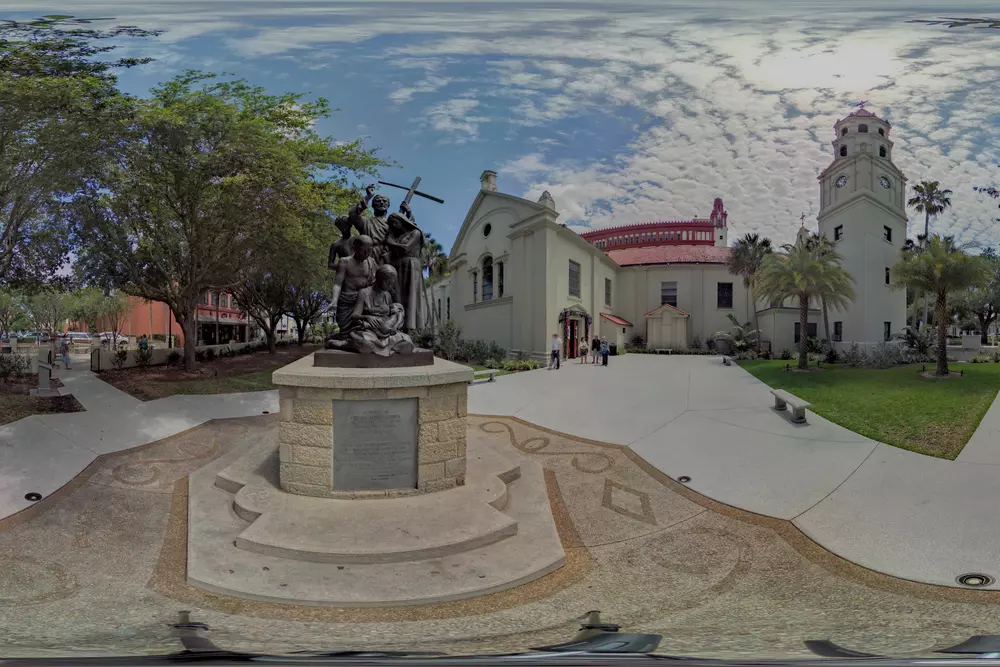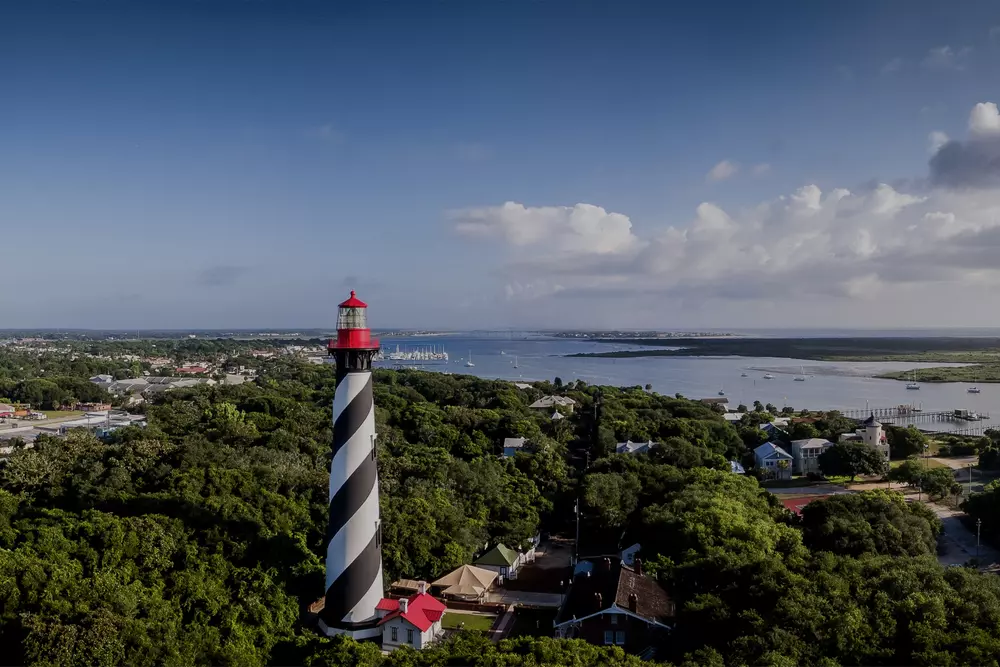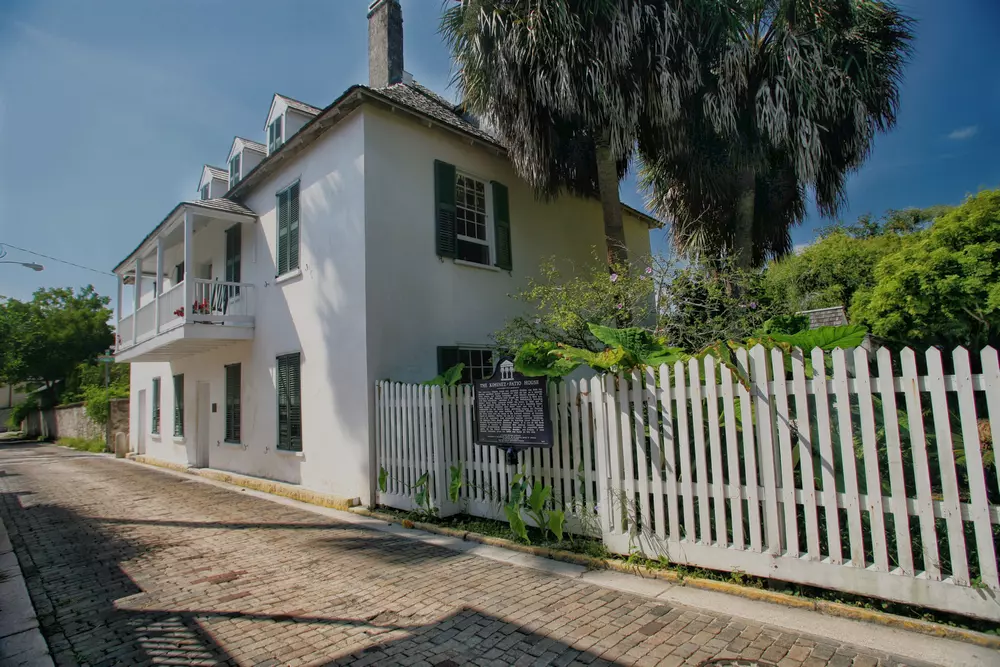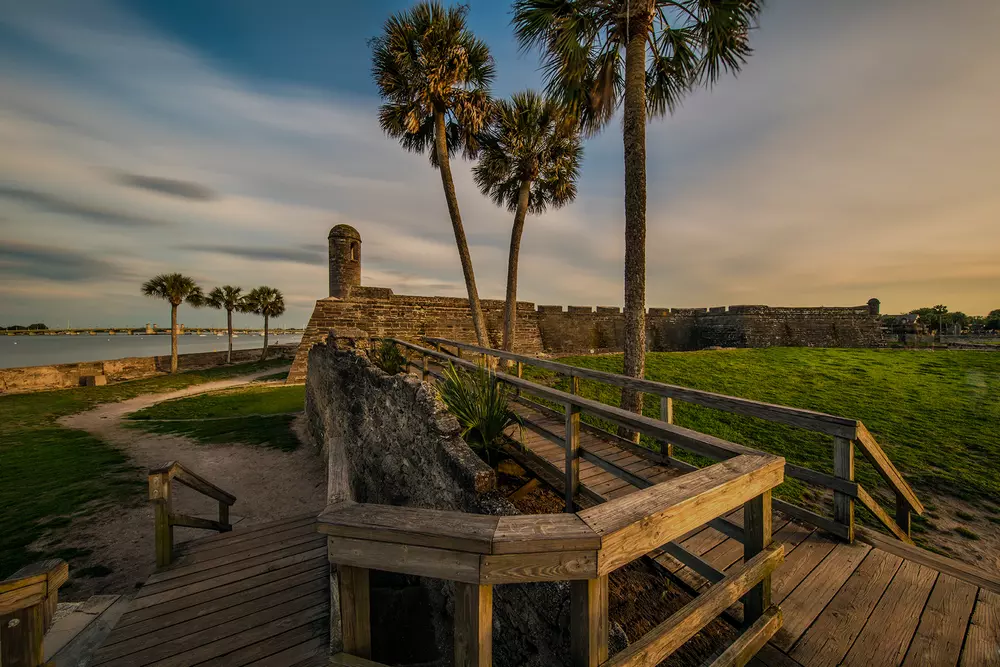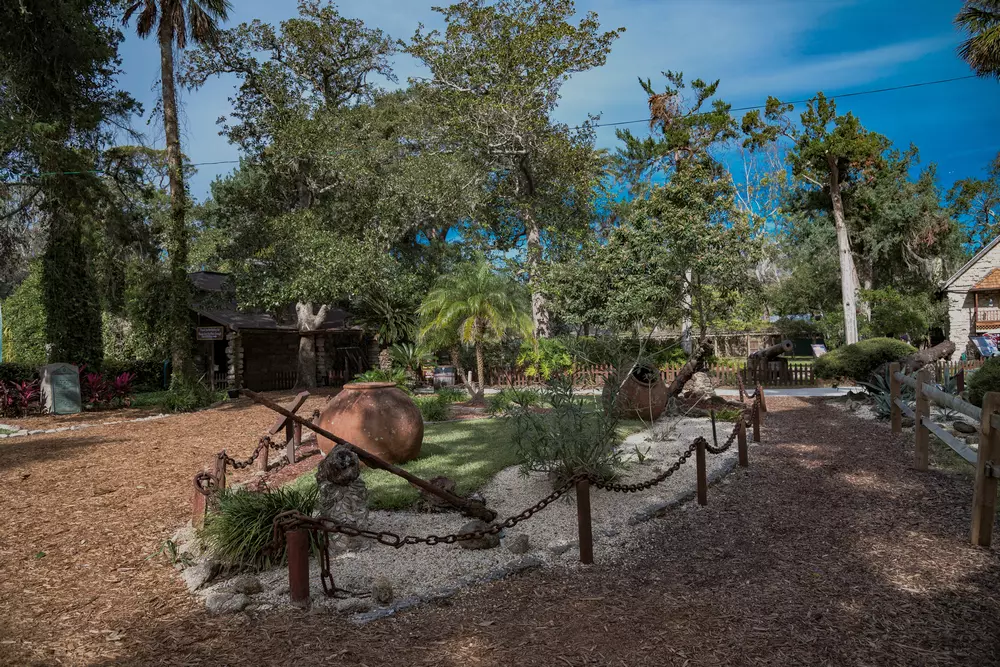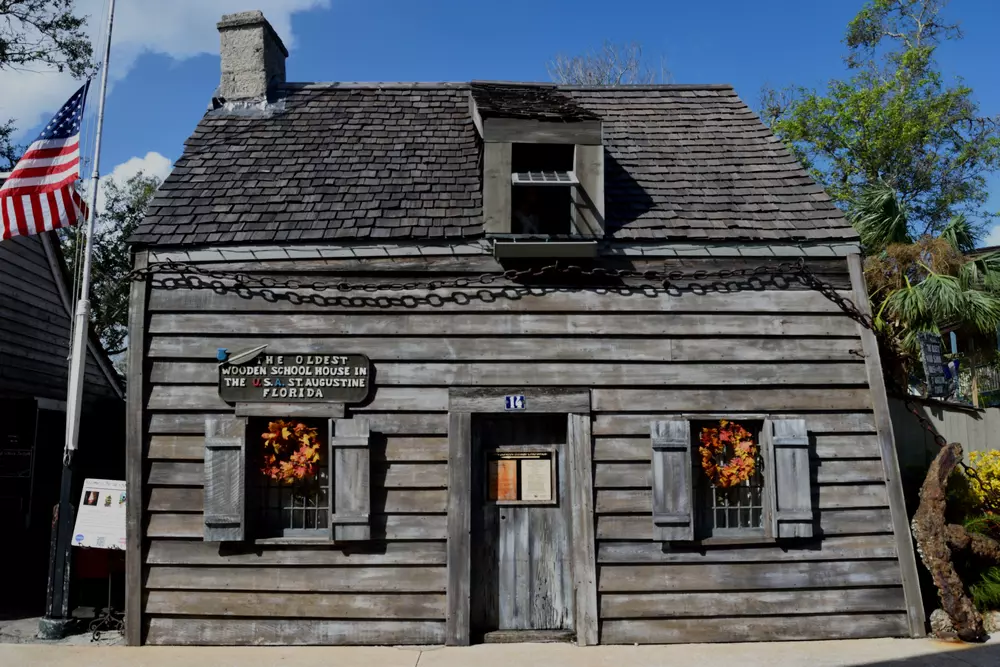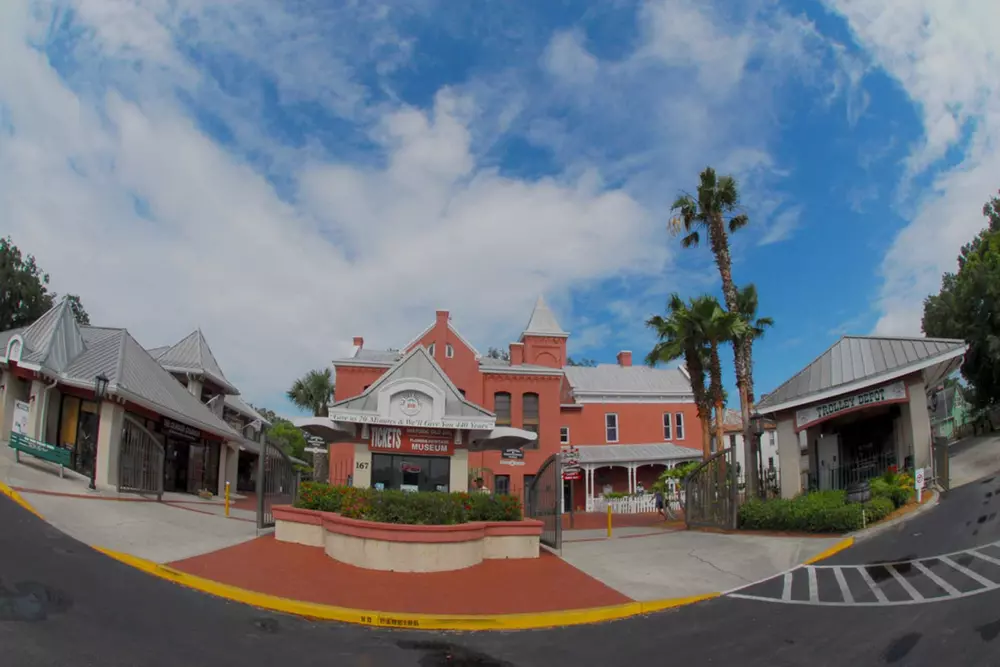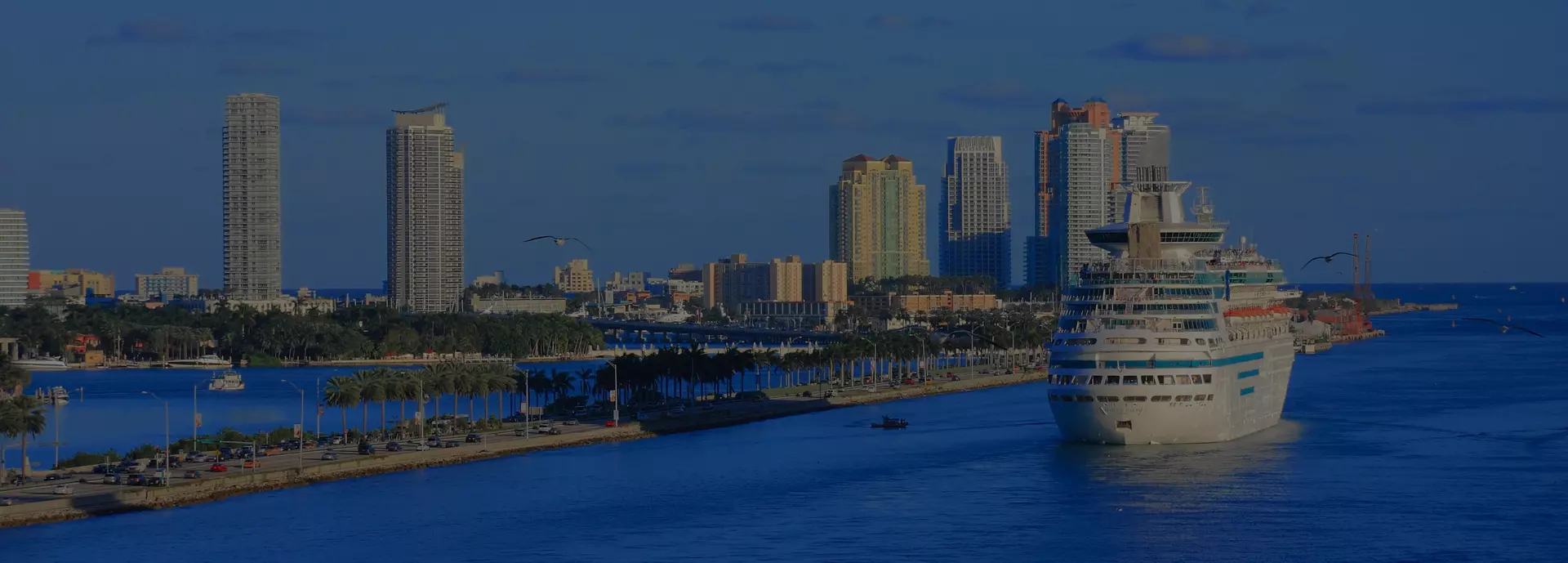Guide to the Historic Treasure
When it comes to traveling in the United States, many immediately think of New York, Los Angeles, or Chicago. However, there is a place whose history and culture are no less fascinating, yet it often remains overshadowed by these tourism giants. This is St. Augustine in Florida — the oldest European settlement in North America.
Founded by the Spanish in 1565, St. Augustine attracts visitors with its amazing historical monuments that have endured since the colonial era, and a unique atmosphere where epochs intertwine.
Walking through the narrow streets of St. Augustine, it's impossible not to feel the aura of antiquity. The historic district of the city is teeming with colorful buildings constructed in the Spanish colonial style.
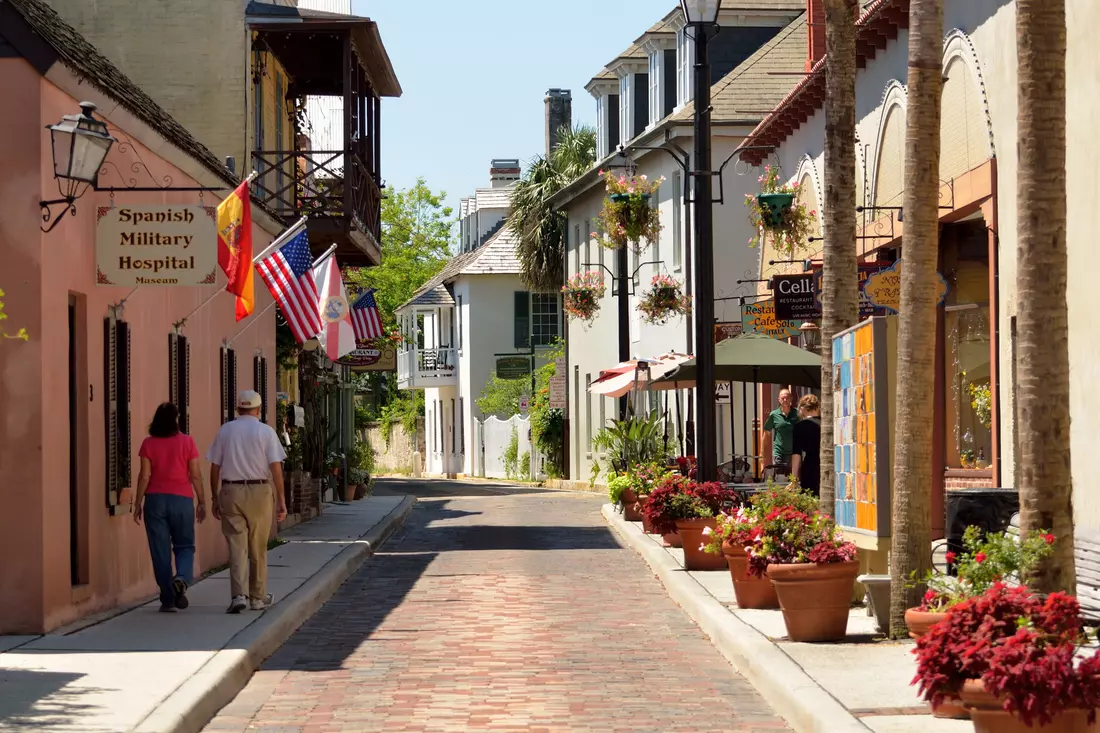
Places of Interest in St. Augustine
Places of Interest in St. Augustine
History of St. Augustine — Brief and to the Point
There are cities that are simply old, and then there are those where every stone tells a story. St. Augustine belongs to the latter. Founded in 1565 by Spanish conquistadors, this Florida city is officially the oldest continuously inhabited European settlement in the United States.
Its history began long before the first English colonies were established. The Spanish chose this location as a strategic outpost on the Atlantic coast. What followed was a dramatic series of events — pirate attacks, territorial wars, changes of rule — all shaping the unique character of St. Augustine.
Timeline of Key Events
- 1565 — The Birth of a Legend
On August 28, 1565, Admiral Pedro Menéndez de Avilés landed here. Since it was the feast day of Saint Augustine, the new settlement was named in his honor. The Spanish aimed to secure the coast and protect the area from French colonists. - The Spanish Fortress and Pirate Raids
In 1672, construction began on Castillo de San Marcos, the oldest masonry fort in the United States, which has been remarkably preserved to this day. The city endured numerous attacks, was looted and burned several times, but St. Augustine always rose again. - Under the British Flag
In 1763, Florida was ceded to Great Britain, ushering in a new era. The city developed into an important trading port, attracting settlers. - Back to Spain and the Path to the United States
Twenty years later, St. Augustine returned to Spanish control under a peace treaty. In 1821, it officially became part of the United States.
St. Augustine Sightseeing Tour from Miami
St. Augustine Attractions
In St. Augustine, Spanish colonial heritage meets the American spirit, where each building and alleyway narrates its own unique story.
The architecture of St. Augustine is a blend of colonial Spanish, Victorian, and even Modernist styles. The city takes pride in its majestic churches, magnificent forts, and exquisite museums, which not only adorn the city but also serve as testimonies to its rich past.
- Castillo de San Marcos
A massive stone fortress, a witness to turbulent historical events. - Cathedral Basilica of St. Augustine
One of the oldest religious structures in the USA, with splendid architecture. - The Historic District
Narrow streets with cobblestone pavements, surrounded by historical buildings and cozy cafes. - Lightner Museum and Gardens
A collection of Victorian art and beautifully manicured gardens. - Fountain of Youth
A place shrouded in legends and mysticism, symbolizing the beginning of the city's history.
Cultural Character of St. Augustine
St. Augustine is not just limited to historical sites. The city is rich in events and festivals that reflect its cultural diversity. Visitors can enjoy live music at street festivals, explore art galleries and unique exhibitions, and taste local cuisine in restaurants offering both traditional American and Spanish dishes.
For adventure seekers and those who enjoy active leisure, St. Augustine offers kayaking, Segway tours, and walking excursions through scenic locations.
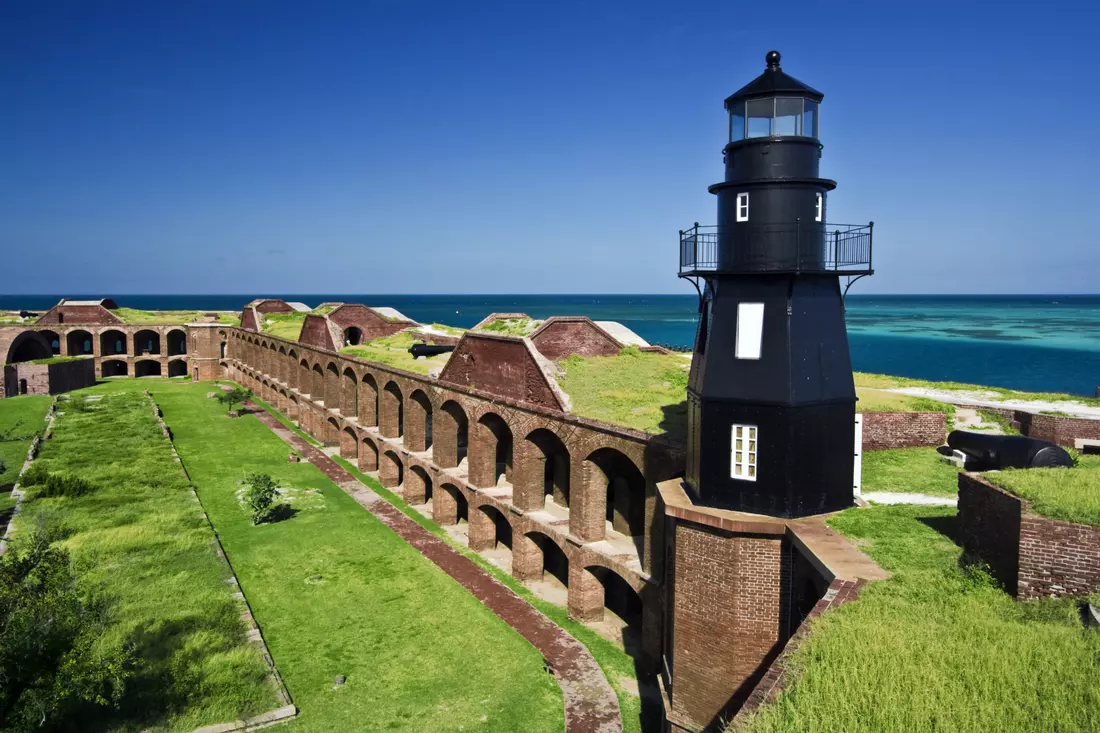
St. Augustine is home to many antique shops where every item holds a piece of history.American Butler
Interesting Facts about St. Augustine
St. Augustine is older than both Jamestown and Plymouth, the first English colonies in the US.
- Legends of hidden pirate treasure still circulate to this day.
- The city’s street layout has remained virtually unchanged since the 1700s.
- Some buildings still retain their original Spanish names.
- Many believe ghosts haunt the city’s oldest hotels, making ghost tours especially popular.
Travel Tips for Visitors
- 01. Visit St. Augustine in the off-season — fall or spring, when the weather is pleasant and the crowds are smaller.
- 02. Wear comfortable shoes — the best way to explore the historic district is on foot.
- 03. Don’t miss the local cafés — sample Florida seafood and Cuban cuisine.
- 04. Plan to stay at least one night to experience the magical atmosphere after dark, when the city is beautifully illuminated.
Explore St. Augustine with American Butler
A trip to St. Augustine isn’t just another excursion — it’s a journey into the heart of American history and culture. From forts and basilicas to narrow streets and lively festivals, St. Augustine offers an unforgettable experience for every visitor.
Discover the city’s hidden stories, historical gems, and authentic charm with American Butler. We offer personalized tours designed to show you the very best of St. Augustine — stories and secrets you won’t find in any guidebook.














